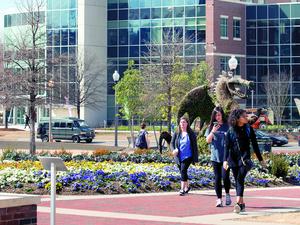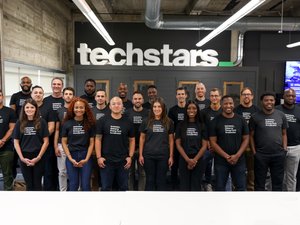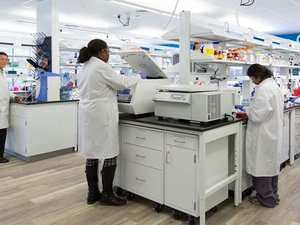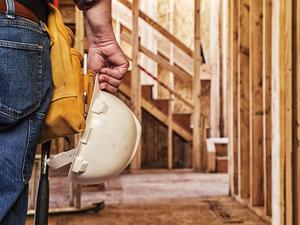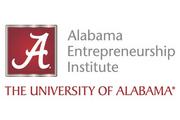
Though inflation concerns and interest rate hikes marred the landscape in 2023, funding is still flowing into startups in the Southeast, according to a recent report.
“Nationally, gone are the days of ‘growth at any cost’ and long lists of mega deals,” BIP Ventures’ the State of Startups report read. “Instead, we see a heightened sense of responsibility and careful recalibration of venture capital funding. More acutely, we have seen a shift to follow-on and later-stage deals. Across almost every state in the Southeast, the size of seed investments has risen and seems to be staying there. And while fewer deals are happening, the ones completed are generally larger.”
The report pointed to signs of “measured optimism.”
Highlights of the report include that $5.8 billion in capital was deployed across the region in the first half of 2023, compared to $14.7 billion in second half of 2022. Further, the average check size increased $1.2 million from $5.5 million in 2018 to $6.7 million in 2023 YTD. There was a 75% increase in the size of seed deals in the Southeast, from $150,000 in 2018 to $260,000 in 2023 YTD.
Capital deployed annually increased by $1.8 billion from 2018 to the projected 2023 capital.
Alabama performed among the top in the Southeast in 2023. Halfway through the year, the total invested was $462 million — more than double the total invested in the state in 2022. Investments in health care are driving most of that progress — with health care IT the top industry ranked by dollar amount, followed by SaaS, and manufacturing and industrial tech. As for the top incubators and accelerators in the state by deal count, Techstars was second, surpassed only by Innovation Depot.
Matt Jaeh, Techstars’ local managing director and co-founder of ProctorU, said from 2020 to 2023, the Techstars Alabama Energytech Accelerator invested in 42 companies, increasing from 10 yearly to 12 yearly.
The report also noted that the Southeast is trailing — in a good way, likening the region’s investments to tremors rather than the earthquakes of larger investment markets.
“I agree it is that way due to more conservative investment practices,” Jaeh said. “Southeast investment swings lag by one to two quarters. I can understand the thinking and rationale behind that pattern because the ‘Big 3’ Innovation markets house more investors and get exposed to more deal flow.”
The report found that investors are navigating risk and reward by sector and stage, but that isn’t unique to the Southeast, he said.
“Investors are going to consistently like SaaS businesses because they can be high revenue, high margin,” he said. “Health care and finance are two major categories that will be always be relevant as they can be supported by government dollars.”
